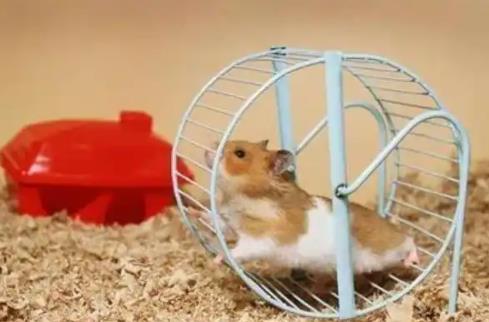The lifespan of hamsters is usually 2 to 3 years, which is the average lifespan of most breeds under normal feeding conditions. The following is a more detailed analysis:

1. Breed Differences
Dwarf Hamsters (such as Roborovski Hamsters) have a relatively short lifespan, about 1.5 to 2 years.
Chinese Dwarf Hamsters (such as the Winter White Dwarf Hamster) have a longer lifespan and can reach 3 to 3.5 years.
The European Hamster is an exception. Its lifespan may reach 8 years, but this breed is relatively rare.
2. Key Factors Affecting Lifespan
Diet: High-fat foods (such as sunflower seeds) can shorten the lifespan. It is recommended to have a balanced diet that includes professional hamster food, vegetables, and fruits.
Environment: The cage needs to be large enough and equipped with toys like a running wheel to reduce stress. Keeping hamsters alone can avoid injuries caused by fighting.
Health Management: Hamsters are prone to dying from minor illnesses such as colds and diarrhea. It is necessary to regularly replace the cooled boiled water, maintain hygiene, and seek medical attention in a timely manner.
3. Suggestions for Extending Lifespan
Choose long-lived breeds (such as Chinese Dwarf Hamsters).
Avoid hamsters falling from high places or accidentally ingesting dangerous items.
Female hamsters that have not given birth usually have a longer lifespan than male hamsters.
Conclusion: Although the lifespan of hamsters is relatively short, their healthy years can be maximized through scientific feeding. If you want to keep a pet with a longer lifespan, you can consider special breeds such as the European Hamster.
